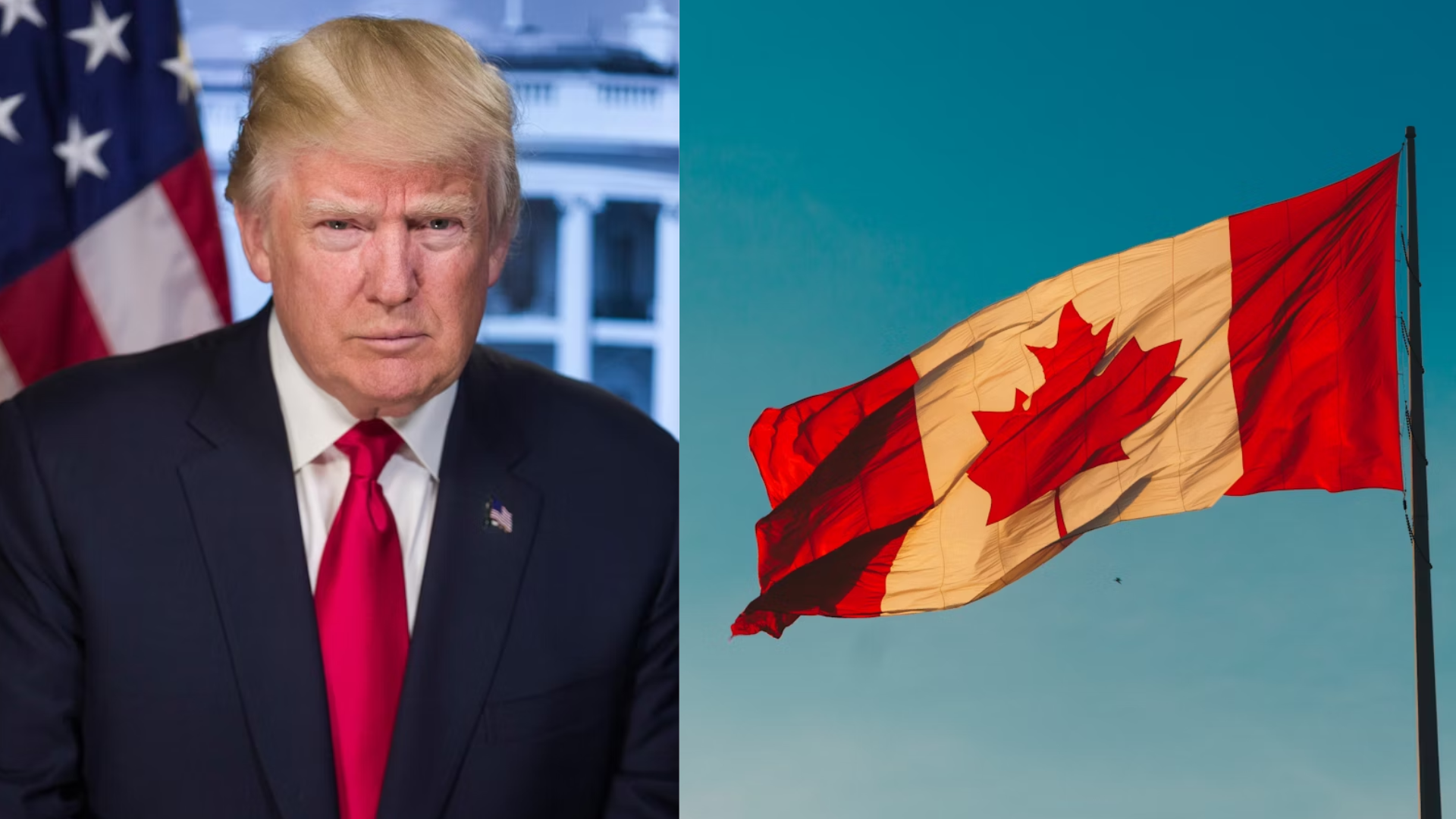The US dollar strengthened, while Asian stocks declined as markets reacted to escalating trade tensions following the latest tariff announcement from the Trump administration. Investors moved toward safer assets, driving demand for the greenback and weighing on risk-sensitive markets across the region. As the US dollar gained, broader market sentiment turned cautious, with traders seeking refuge in safer havens.
Concerns over global trade disruptions deepened after the White House imposed new tariffs on key imports, sparking fears of retaliation from major trading partners. Equity markets in China, Japan, and South Korea saw sharp declines, with exporters particularly hard hit as investors assessed the potential economic fallout. This new wave of tariffs further fueled worries about the impact on global supply chains and economic growth.
The currency market reflected a flight to safety, with the Japanese yen and Swiss franc holding steady, while emerging market currencies weakened. The yuan remained under pressure as worries over China’s economic resilience persisted, adding to the broader risk-off sentiment in Asia. As concerns over trade tensions continue to grow, these currencies have become key barometers for the risk appetite of global investors.
Meanwhile, bond yields edged lower as traders sought refuge in US Treasuries amid rising uncertainty. The demand for US government debt pushed yields down, reflecting growing caution among investors. The Federal Reserve’s monetary policy outlook remains in focus, with markets closely watching for any signals on future interest rate moves that could further influence currency flows.
Analysts expect continued market volatility, with trade war fears and central bank policy shifts driving sentiment in the coming days. As the US dollar strengthens and risk-sensitive assets come under pressure, the path forward remains uncertain. The outlook hinges on the evolution of geopolitical tensions and the response from central banks in both the US and Asia.
Unless diplomatic tensions ease, risk assets could remain under pressure, keeping investors on edge. With no immediate resolution in sight, volatility in both currency and equity markets is likely to persist, as traders remain cautious and watch for any new developments in the ongoing trade dispute.
















